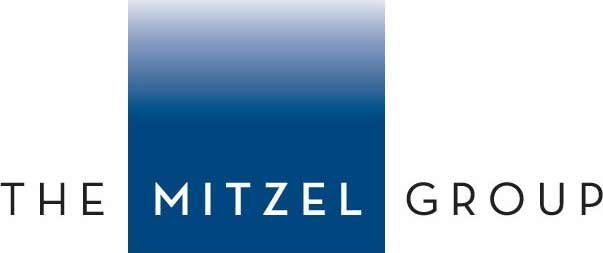With the continued rise of vaccination in the state, more and more companies are beginning to move forward with some form of a “return to office” plan for their workforce. Many employers will find that it is not as simple as just requiring people to show up at your place of business, rather the continuing and evolving nature of the COVID-19 virus require companies to consider some necessary adjustments to their worksite and employment practices. The following is a list of ten important considerations when crafting your “return to office” plan:
- Vaccination Status Check – Cal/OSHA’s latest guidance requires that for an employee to be considered “vaccinated” for Cal//OSHA purposes, the employee must present proof of vaccination. This proof may be presented in various manners from providing a copy of the vaccination card to self-attestation. All employees who refuse to provide proof will be considered “unvaccinated.” Employers must select a method of providing proof and then implement that fairly and consistently amongst their workforces.
- Screening Tests – Cal/OSHA still requires employers to implement some form of health check/screening test for employees. This can be a temperature check or symptom attestation test. Depending on the nature of the test the time may be compensable, and employees should be paid for their time participating in the test.
- Mask Practices – Currently, in San Francisco, masks are again required due to rising infection rates and the COVID Dela variant. Masks are required in all indoor spaces, regardless of vaccination status. Businesses are required to post conspicuous signage communicating this requirement to patrons. Businesses are strongly encouraged to provide face coverings at no cost to individuals who do not have them upon entry. Exemptions to the mask mandate include children under two years of age, or those with a physical or mental disability that prevents them from wearing a mask.
- Strategic Scheduling – For purposes of limiting exposure, easy contact tracing, and company morale it may be beneficial to keep scheduling split and consistent. Employees should work with certain coworkers to avoid cross-exposure and promote trust and accountability with one another.
- Employee Benefits Check – This past year federal, state, and local governments have implemented varying types of protections and benefits for employees affected by COVID-19. It is important to verify with your HR department or your Mitzel Group attorney that you are communicating and providing the necessary protections and benefits to your employees.
- Physical Workspace Update – Currently, many of the physical distancing and barrier requirements we saw at the beginning of the pandemic are now relaxed. While some care is still necessary, companies may continue to implement physical adjustments for workforce safety. Indoor transmission continues to be the most prevalent form of transmission and therefore indoor adjustments require careful consideration and constant evaluation.
- Remote Work Arrangement – Provide reasonable notice to your remote staff that their remote work arrangement may be adjusted or concluded all together. Determine what this means for company technology that was provided to the employee to work from home. Organize a retrieval of this material or communicate appropriate practices when transporting company material from home to work.
- Accommodation Discussions – Employees may disclose the need for some form of accommodation from returning to the office, from receiving a vaccine, from wearing masks, etc. It is important to take accommodation requests seriously and discuss with your Mitzel Group attorney how to best approach each fact-specific situation. Not all accommodations need to be granted but a discussion must be had for each request.
- Management Training – Employers must take the time to train their management regarding COVID-19 information, how to provide the appropriate employee benefits, how to navigate employee safety concerns, and overall, how to lead within the new workplace adjustments. Good management practices will always be the best mitigation of liability.
- Communicate with your Workforce – Unfortunately, COVID-19 is no longer a novel virus, and many employees have experienced COVID-19 in their personal life in some manner. It is important to discuss and seek input from your employees about what their concerns are with returning to the office. This allows companies an opportunity to dispel any fear and re-emphasize the safety procedures in place for their return. In light of the labor shortage, it is important to have your workforce buy into your “return to office” plan for a successful return.
This list is not meant to be exhaustive and only briefly highlights some considerations for returning to the office. We encourage you to seek additional information and guidance when developing your “return to office” plan. Please contact The Mitzel Group for more information.

